DermMatch Hair Loss Concealer
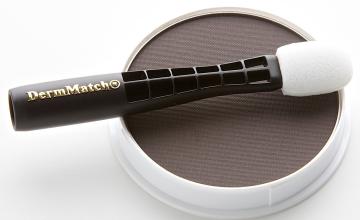
Instantly Provides the Appearance of a Full Head of Hair? Product Review
For many balding men and women worldwide, credible hair loss concealers like DermMatch are an important part of their daily routine. By utilizing concealers, individuals with thinning hair are able to increase the appearance of follicular density and recreate a thicker, fuller head of hair all with a single topical application.
Like any other hair loss treatment, concealers must be reviewed, clinically tested, and proven before receiving any endorsement from this website community. However, after reviewing both the product and patient testimonials on our open hair loss forum, one thing is clear: DermMatch is a dependable, hair loss concealer that has been proven effective by the overall patient community.
DermMatch: What is it and how it works.
Unlike other "sprinkle," "spray," or "lotion" concealers, DermMatch utilizes a patented "EZ Grip, EZ Reach" applicator to evenly distribute a hard-packed powder formula over a hair loss sufferer’s scalp. In addition to "matching" the patient’s scalp to their natural hair color (minimizing the contrast between scalp and hair, and truly concealing baldness), the DermMatch powder formula coats, thickens, and volumizes existing hair.
Because DermMatch minimizes the appearance of hair loss by matching scalp to hair tone, the product is available in 8 different shades, and creates an integrated, natural look for all hair colors and types. Furthermore, if consumers require a highly specialized color, DermMatch shades can be mixed to truly mimic the appearance of any complex hair tone. Additionally, because of the ease of the "EZ Grip, EZ Reach" applicator, DermMatch is particularly useful for recreating or matching shortly cropped hair, mimicking natural hairlines, and diminishing the appearance of previous hair transplant surgery scars.
The Benefits of DermMatch versus other Concealers
In addition to simple application and a natural appearance, DermMatch is extremely resilient, and can withstand excessive sweating, wind stress, and even full water submersion. According to the makers of DermMatch, the product’s all natural ingredients, including emollients, botanicals, and other organic elements, coat the hair and scalp, and protect from unwanted and unexpected stessors. By adding this level of protection, DermMatch will resist the running, flaking, and smudging associated with other, less effective concealers. Furthermore, because DermMatch does not contain any unsafe dyes or colorants, it will not dry/irritate the scalp or affect any new or existing hair growth.
Why DermMatch has become so popular and credible in the hair loss patient community
According to the makers of DermMatch, the product is useful for all hair loss sufferers (both male and female), and provides aesthetically pleasing results in patients with up to 80% decreases in hair density. Furthermore, DermMatch can be used with other proven hair loss treatments like Propecia (finasteride), Rogaine (minoxidil), and surgical hair transplantation. Because of its efficacy, usability, and popularity with hair loss sufferers, DermMatch is highly recommended to any individual seeking a quality concealer.
See what Real Patients are Saying about DermMatch on our Hair Loss Forum
For step by step instructions on how to apply DermMatch to thinning areas including photos and an in-depth discussion with other hair loss sufferers, visit the discussion topic "DermMatch (Pictures)". To see what other members and DermMatch consumers are saying, you are encouraged to use the "search" feature of our hair restoration discussion forum.
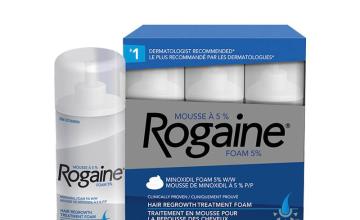
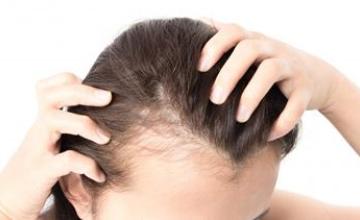
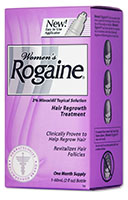 Rogaine for women is the most recommended treatment for hair loss on the market for women today, and the only FDA approved and clinically proven treatment available for female hair loss sufferers.
Rogaine for women is the most recommended treatment for hair loss on the market for women today, and the only FDA approved and clinically proven treatment available for female hair loss sufferers.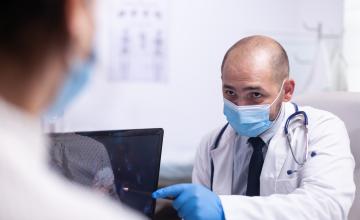
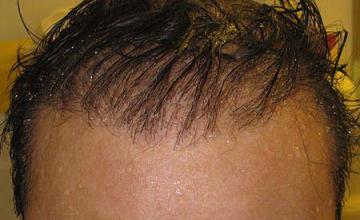


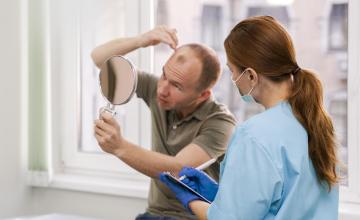
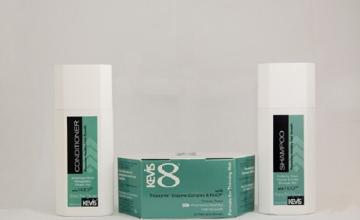
 Is it Effective in Treating Baldness?
Is it Effective in Treating Baldness?


